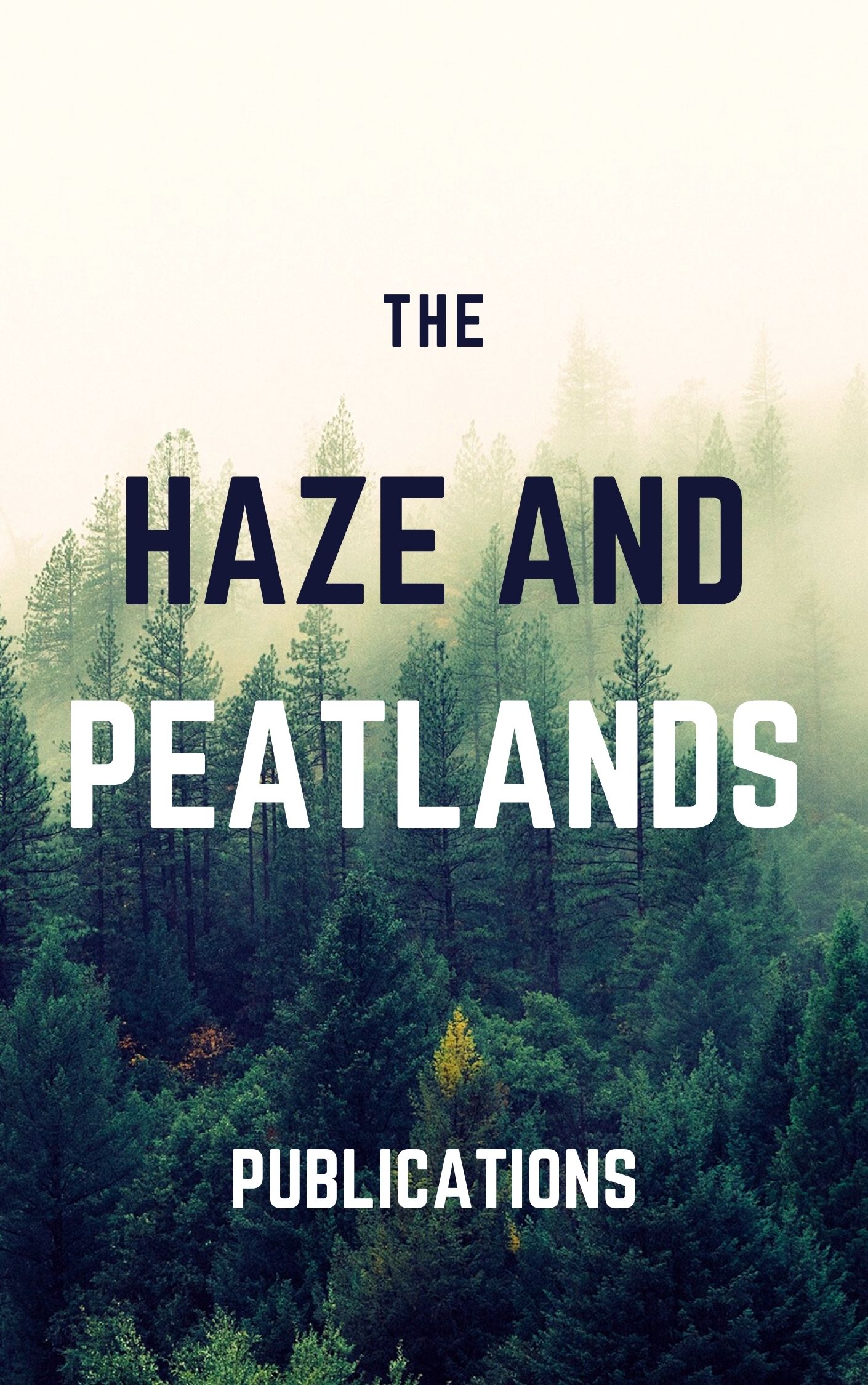During the 20th century, forests have been extensively slashed and burned in Indonesia, mainly in the lowlands of Sumatra and Kalimantan, first for shifting cultivation by local smallholders, and then for establishment of jungle rubber [Hevea]. In this context, smallholders have developed complex agroforestry systems which now cover more than 2.5 million ha in Indonesia. Over the last 2 decades, large-scale projects of industrial plantations (oil palm and fast-growing trees) have been also promoted. The paradox of jungle rubber in Indonesia is that the rubber boom unquestionably triggered conversion of a part of the existing primary forest at the beginning of the century. Two million hectares have been converted in Sumatra, which is less than 5% of the whole island area and less than 10% of the natural area of lowland rain forest. As these lowland forests disappear, and because of its nature as a complex agroforestry system which has structural and biodiversity similarities to secondary forest, jungle rubber remains as the major reservoir of biodiversity (lowland forest species) in the plains below 500 m altitude in Sumatra (and probably West Kalimantan) at the end of the 20th century. Due to economic growth and new crop opportunities, jungle rubber is not currently competitive and its productivity needs to be improved through integration of innovations such as clonal rubber and increases in inputs and labour. Several types of 'RAS' (Rubber Agroforestry Systems) are currently being trialled on a large scale in 3 provinces of Indonesia, managed by GAPKINDO/CIRAD/ICRAF in an on-farm trials network (the Smallholders Rubber Agroforestry Project, SRAP). The adoption of improved RAS, with consequent increases in farm incomes, would reduce pressure on remaining forests and promote the shift from ladang (shifting agriculture) to permanent tree crop-based agriculture, requiring less land per household for an improved income. The role of rubber agroforestry as a trap for biodiversity in systems providing sufficient income to remain attractive will be considered as an interesting alternative to other systems (oil palm or pulp trees) in an effort to reduce pressure on remaining forests. The potential of developing such RAS to rehabilitate Imperata grassland with lower risks can also be considered.
Keyword(s)
agroforestry systems, biodiversity, deforestation, forests, grasslands, income, lowland areas, rehabilitation, rubber plants, secondary forests, shifting cultivation, small farms, tropical forests, tropical rain forests, virgin forests, Indonesia, Kalimantan, Sumatra, Hevea, Imperata, Euphorbiaceae, Euphorbiales, dicotyledons, angiosperms, Spermatophyta, plants, eukaryotes, Poaceae, Cyperales, monocotyledons, APEC countries, ASEAN Countries, Developing Countries, South East Asia, Asia, Borneo, bush fallowing, rubber crops, slash and burn, swidden agriculture, Agroforestry and Multipurpose Trees, Community, Farm and Social Forestry (KK600), Biological Resources (Plant) (PP720), Forests and Forest Trees (Biology and Ecology) (KK100), Grasslands and Rangelands (PP350), Plant Cropping Systems (FF150), Erosion, Soil and Water Conservation (PP400), Horticultural Crops (FF003) (New March 2000), Income and Poverty (EE950), Forestry Economics (EE112) (New March 2000)

